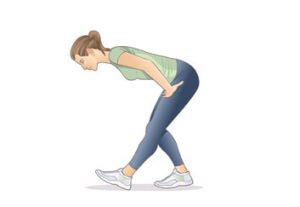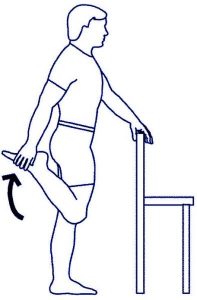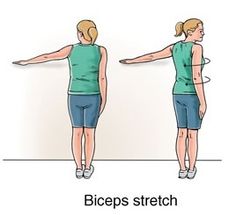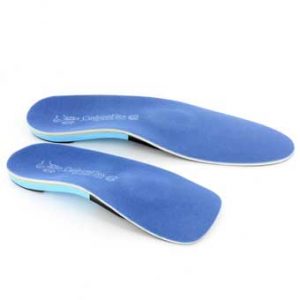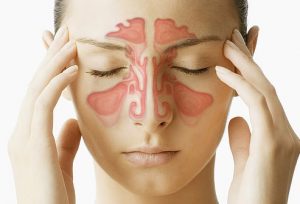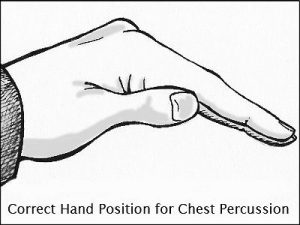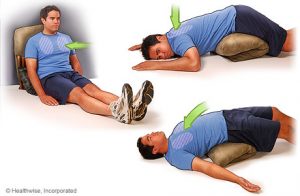Treatment Plans- Why Consistency is Key
Treatment plans are an amazing tool used by the Therapists here at DHT. The therapist will create the treatment plan following the initial assessment or treatment. The therapist designs the treatment plan with your needs and goals in mind.
A treatment plan is based off of:
- Your goals for recovery, prevention or maintenance
- Assessment findings
- The severity of your pain or limitations
- The homecare and exercises given
- Your activities of daily living
- Modalities or techniques used in your treatments
- Your availability
- Referrals for other therapies
The therapist designs a treatment plan for your success. The plan will lay out how many treatments per week and for how many weeks he or she would like to see you for. While a treatment plan is a guideline, consistency is key. The ability to commit to the treatment plan will determine how successful you will be. This means attending appointments and following homecare routines provided by your therapist.
Based on your progress your therapist will be able to adjust the treatment plan accordingly. This means, either keeping it the same or increasing or decreasing sessions or adding a different technique or aspect to the treatment. Furthermore, a treatment plan gives you a baseline for a reassessment time. It can outline your recovery, prevention or maintenance process.
In conclusion, if you are unsure of your treatment plan, ask your therapist and work through it together. Optimize your success with the help of DHT, your therapist and a treatment plan!

